Motorsport isn’t just about speed—it’s about adaptability. Whether the sun is shining or the rain is pouring, Gracie knows that every weather condition presents a different challenge on track. From adjusting braking points to understanding how rubber and water interact with the tarmac, seasonal changes can have a huge impact on race strategy.
Wet vs. Dry: Two Completely Different Challenges
Driving in wet conditions is nothing like driving in the dry. Braking points shift, racing lines change, and turning techniques need to be adjusted. With less grip available, drivers have to be even more precise with their inputs.
“I don’t mind either, but I probably prefer dry conditions a little more,” Gracie admits. “If it’s a track I don’t know and it’s wet, it’s definitely a bit more daunting. But overall, I enjoy the rain. If it’s dry—great! If it’s wet—I just get on with it.”
Adapting to changing conditions is a key skill in racing, and sometimes drivers don’t have time to prepare. If the rain starts mid-race, there’s no chance to come into the pits and “learn” how to drive in the wet. You just have to react, adapt, and trust your instincts.

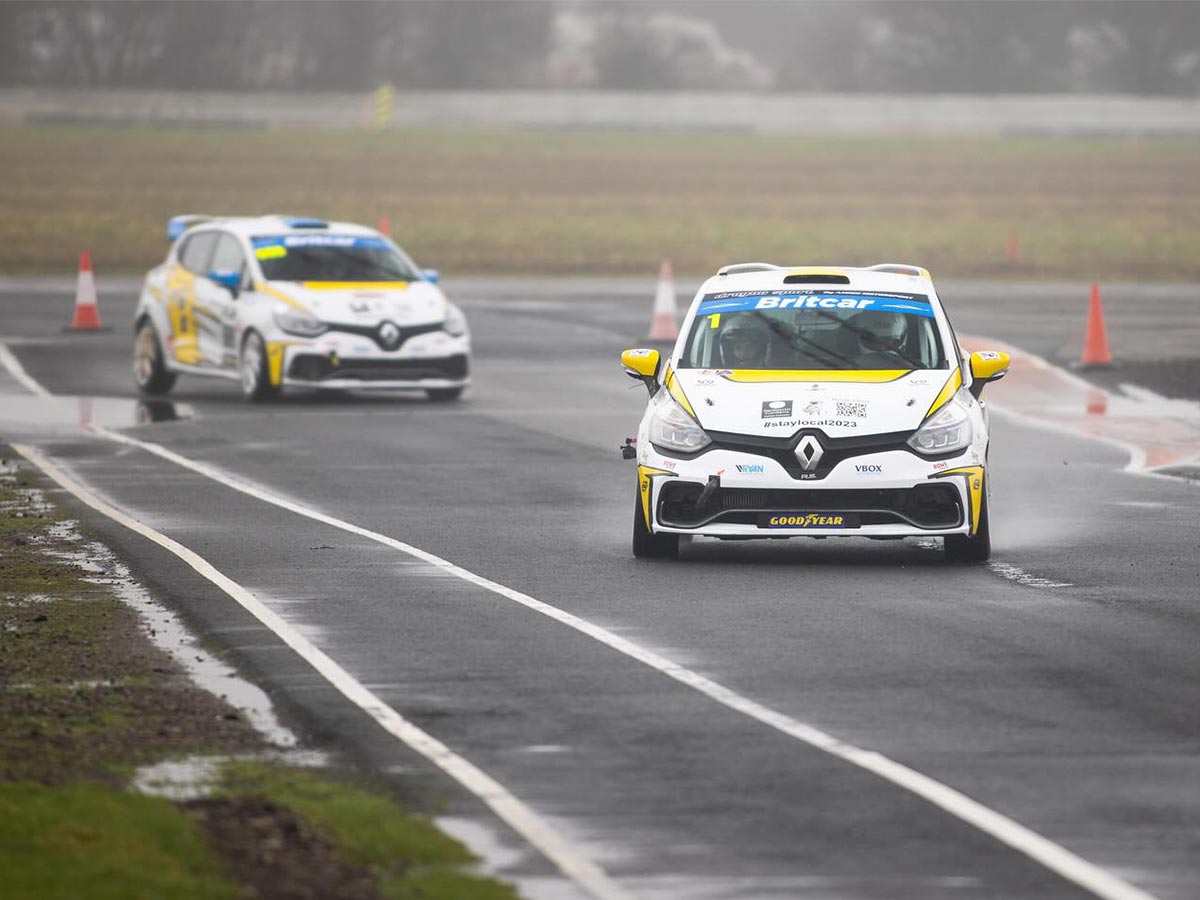
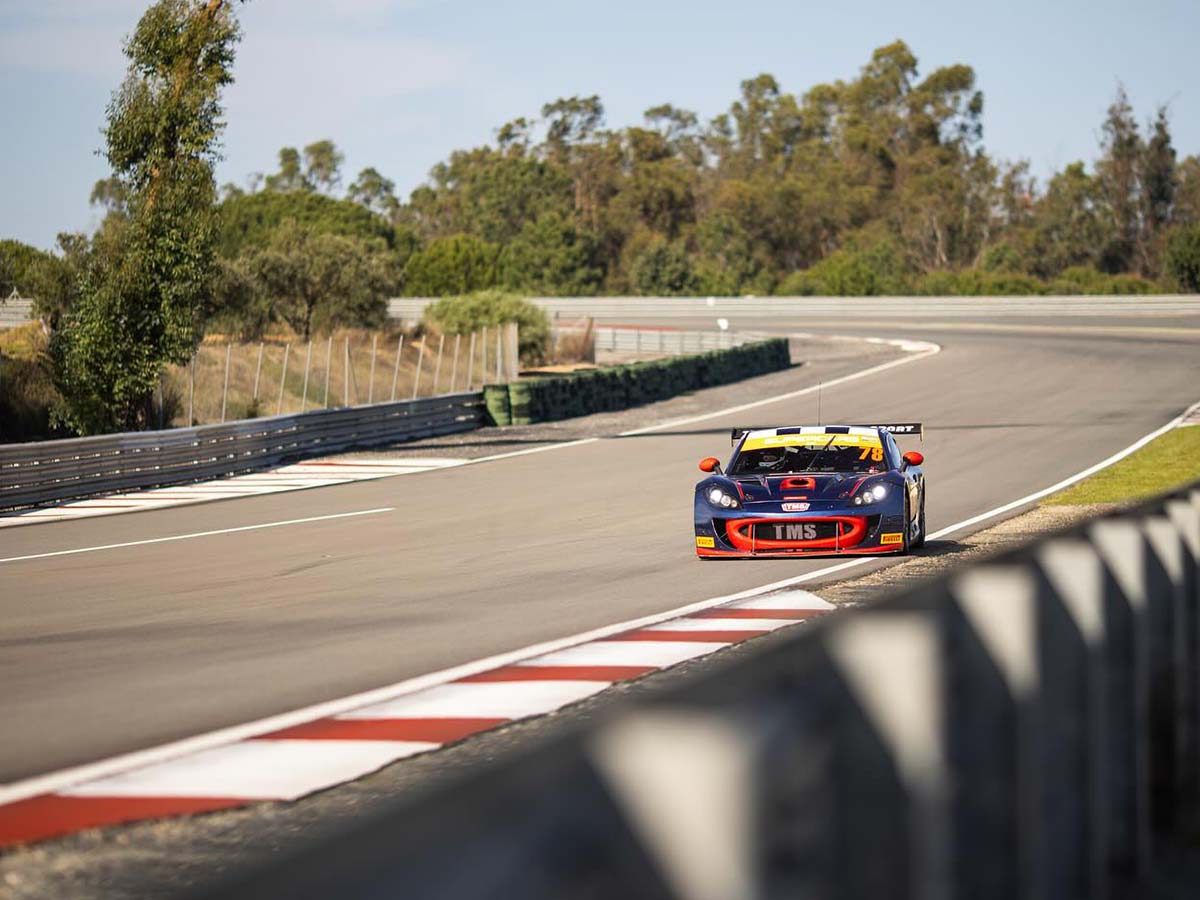
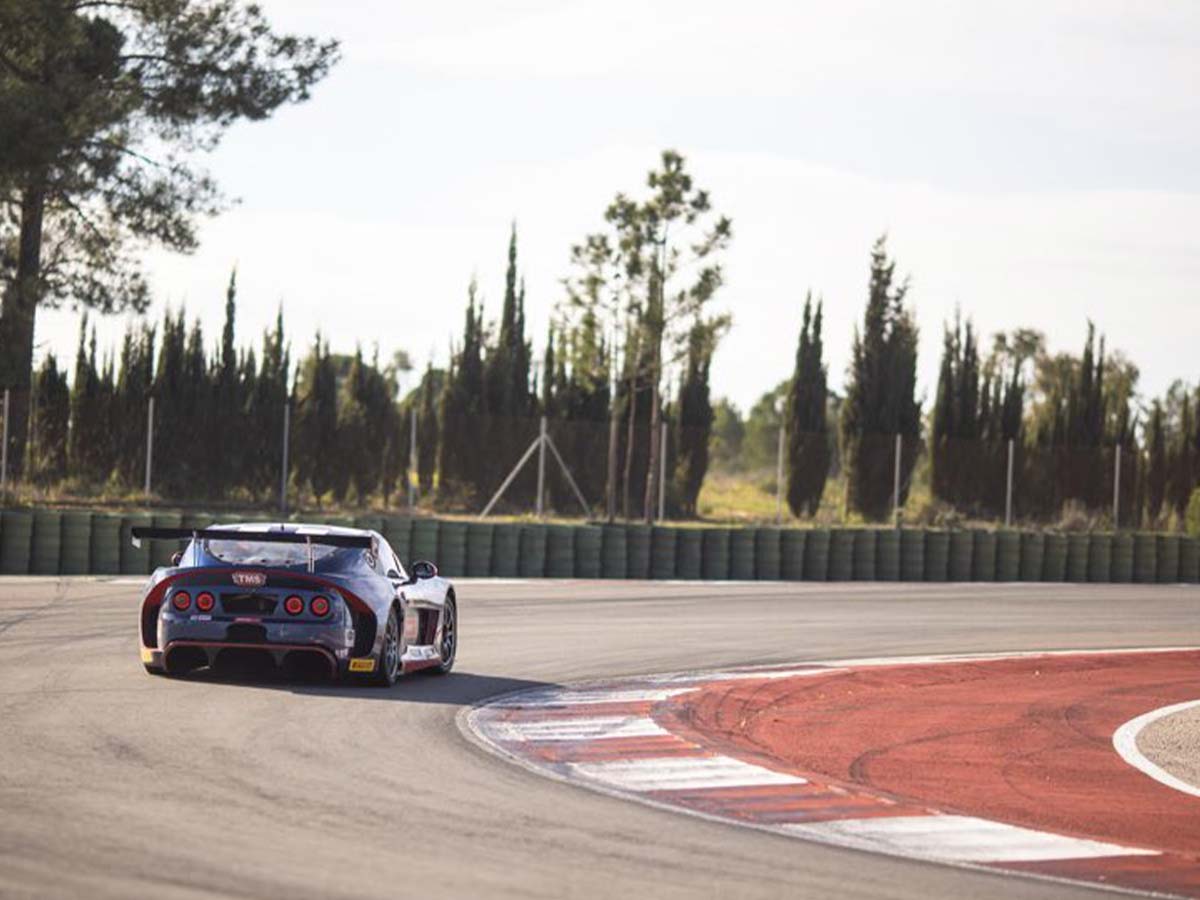
Wet or dry, Gracie enjoys the challenge of racing on difference surfaces – especially in the changing British climate!
What Karting Taught Her About Wet Racing
Many of the wet-weather techniques Gracie uses today come from her years in karting. In wet conditions, racers brake offline to avoid rubbered-in areas where water can sit on the surface, reducing grip. Staying as straight as possible under braking also helps maintain control.
“Understanding the science behind it is so important,” Gracie explains. “Water lays where the rubber is because it can’t absorb into the tarmac as well. Once you know why that happens, it makes it easier to understand how to drive in those conditions.”
Keeping Cool in the Heat of the Race
While wet-weather racing is all about controlling the lack of grip, hot conditions bring their own set of challenges. Inside a race car, temperatures can get seriously high, making it physically demanding for drivers.
“I like it when it’s not freezing, but cooler weather is definitely better. It gets hot in the car!” Gracie says.
Finding that perfect balance between staying cool and keeping the tyres at the right temperature is key to getting the most out of every session—whether it’s a scorching summer race or a drizzly autumn showdown.

The Key to Success? Adaptability.
No two race days are ever the same, and that’s what keeps racing exciting. Whether it’s a dry, fast-paced battle or a tricky wet race where every move counts, Gracie’s ability to adapt to the conditions is what makes her a strong competitor.
With every lap, every track, and every weather challenge, she continues to develop her skills—ready for whatever the 2025 season throws her way. ☀️🌧️🏁
Visit the Corporate Partnership page for information about sponsorship opportunities. Follow Gracie on Instagram @graciemitchellracing



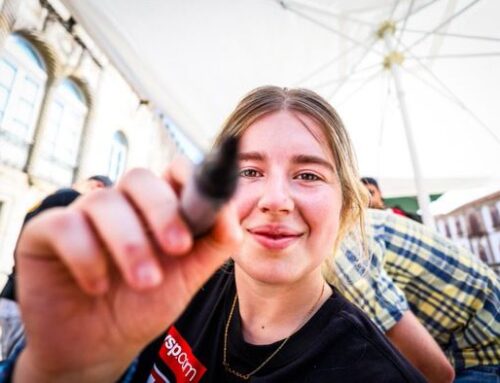
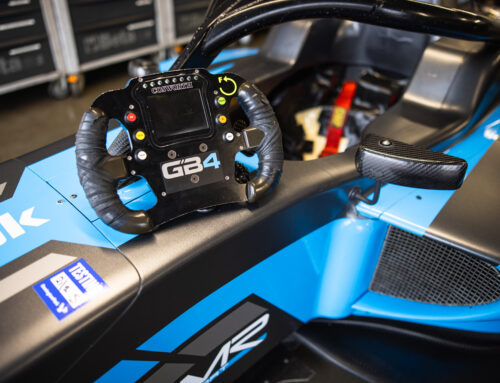
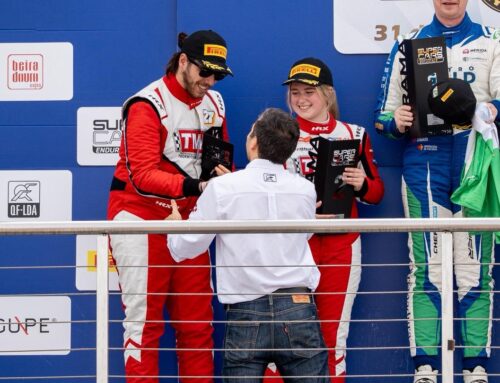
Leave A Comment
You must be logged in to post a comment.